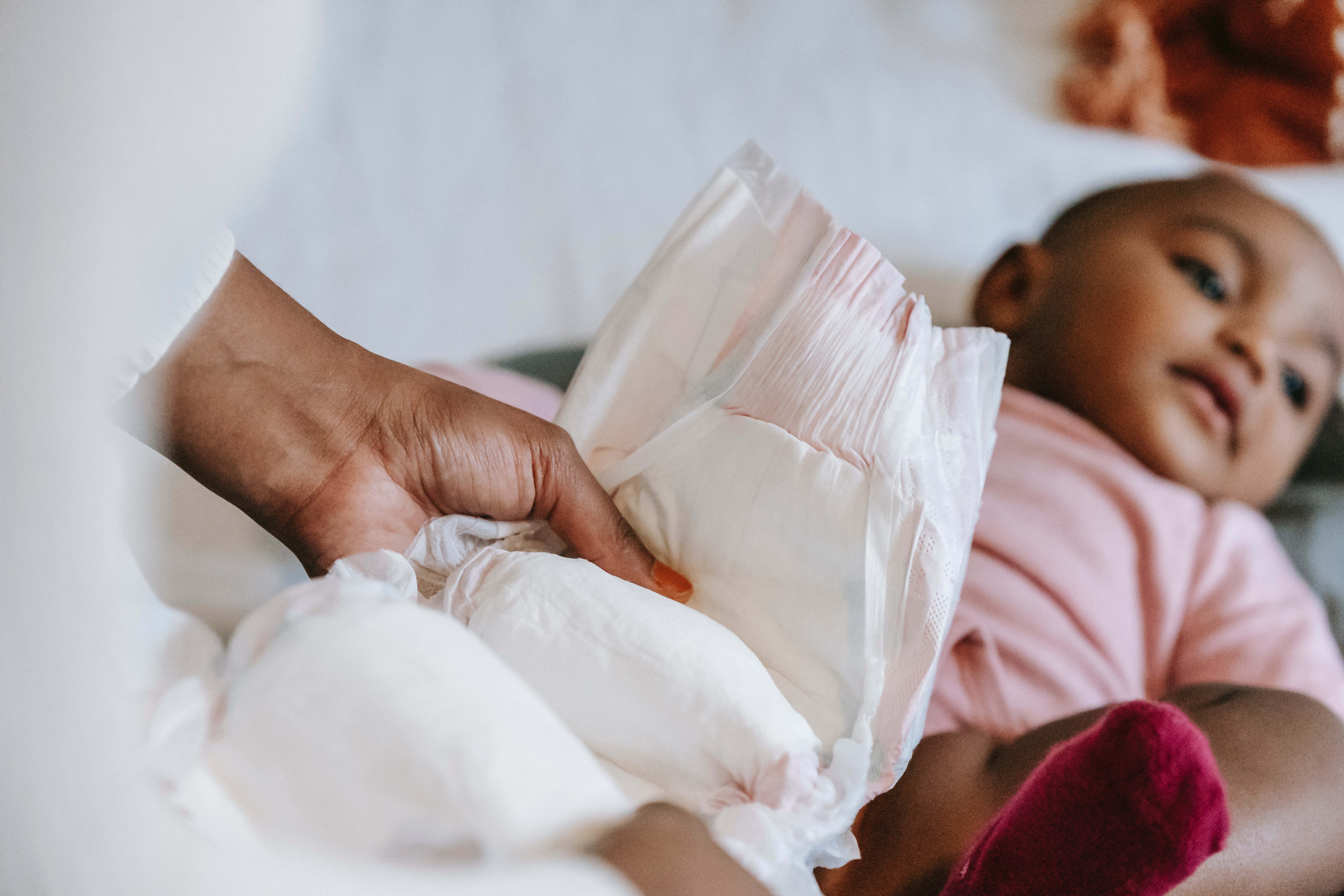Contact Me: howtopbestinfo@gmail.com
Contact Me: howtopbestinfo@gmail.com

A diaper, commonly known as a nappy outside North America, is an absorbent garment worn by individuals who are unable to control their bladder or bowel movements.
It consists of several layers of material that can easily contain and eliminate waste products such as urine and feces.
The primary purpose of using diapers is for the comfort, hygiene and health benefits they provide to people with incontinence issues including infants, toddlers aged three years old or younger while potty training them in toilet skills; those suffering from medical conditions leading to physical disabilities like spinal cord injuries; adults with severe forms of dementia etc.
Diapers offer many advantages over traditional methods used for managing urinary/fecal incontinence such as cloth-based solutions:
They help prevent skin irritation due to contact between clothing materials (which may cause rashes) & exposed parts which have been soiled through accidents during urination & defecation episodes respectively; create less odour compared other alternatives since there’s no direct exposure when wearing this kind product thereby reducing embarrassment felt especially among children at school age group where peer pressure plays major role amongst peers regarding body image related aspects plus offers greater degree mobility flexibility versus bulky protective garments thanks its lightweight nature on top being highly economical.
Using diapers properly is essential for the health and comfort of your baby. Here are some useful tips on how to use them:
The use of diapers as we know them today has been around since the 1940s when disposable paper products became available. Prior to that, cloth and other absorbent materials were used for centuries by different cultures throughout history.
Ancient Egyptian paintings depict babies wearing simple loincloths made from animal skins or plant fibers which acted like a diaper. In more recent times, cloth nappies have become increasingly popular due in part to their environmental advantages over disposables; however they are still no match for disposal diapers’ convenience factor!
Diapers have had an enormous influence on our lives – not only do parents enjoy having easier access to clean supplies but so too does society at large with day-care centers able accommodate young children all ages without worry about sanitation issues thanks these handy items!
Additionally, it is now possible travel long distances while caring infants who would otherwise require frequent changes if using traditional methods (i.e., changing pads).
As such, families can easily move between cities or countries knowing they will always be prepared whatever situation arises during their journey ahead - something unimaginable before advent of modern diapering systems!
Moreover, many medical professionals believe early introduction into routine diapering helps promote better health outcomes later life:
In sum, buying a diaper is essential for all parents or caretakers of infants and toddlers. Diapers can provide comfort to your little one while ensuring that they stay dry and clean throughout the day. Not only are diapers more convenient than traditional cloth nappies, but also come with features such as adjustable waistbands which allow them to be tailored exactly to suit your baby’s size. Furthermore, modern materials in disposable diapers make them lightweight yet highly absorbent so you don't have worry about frequent changing due to leaks or spills - making it an ideal choice when travelling away.


Etiam porta sem malesuada magna mollis euismod. Cras mattis consectetur purus sit amet fermentum. Aenean lacinia bibendum nulla sed consectetur.
2045-02-09 00:00:00.000000
2045-03-00 00:00:00.000000